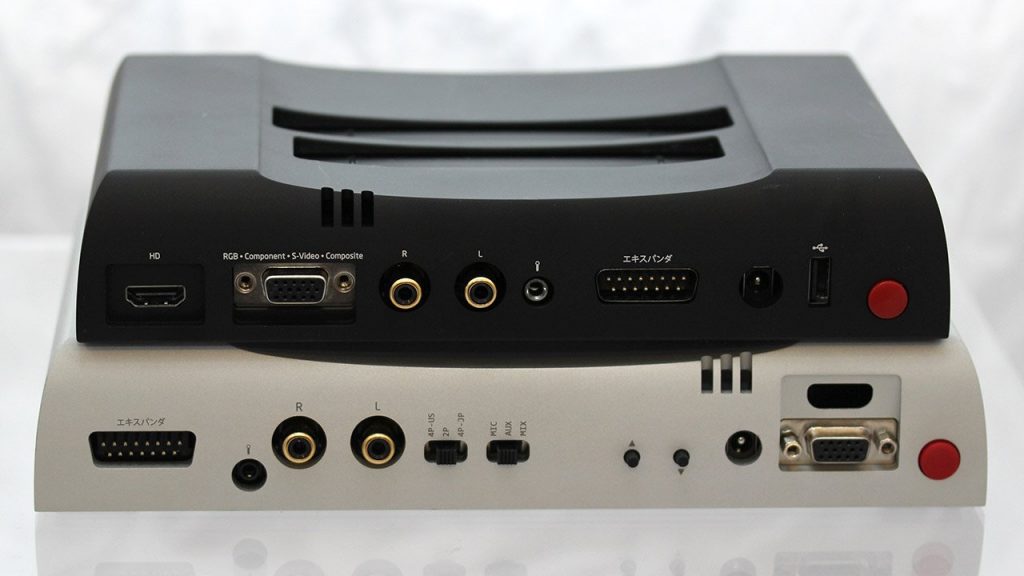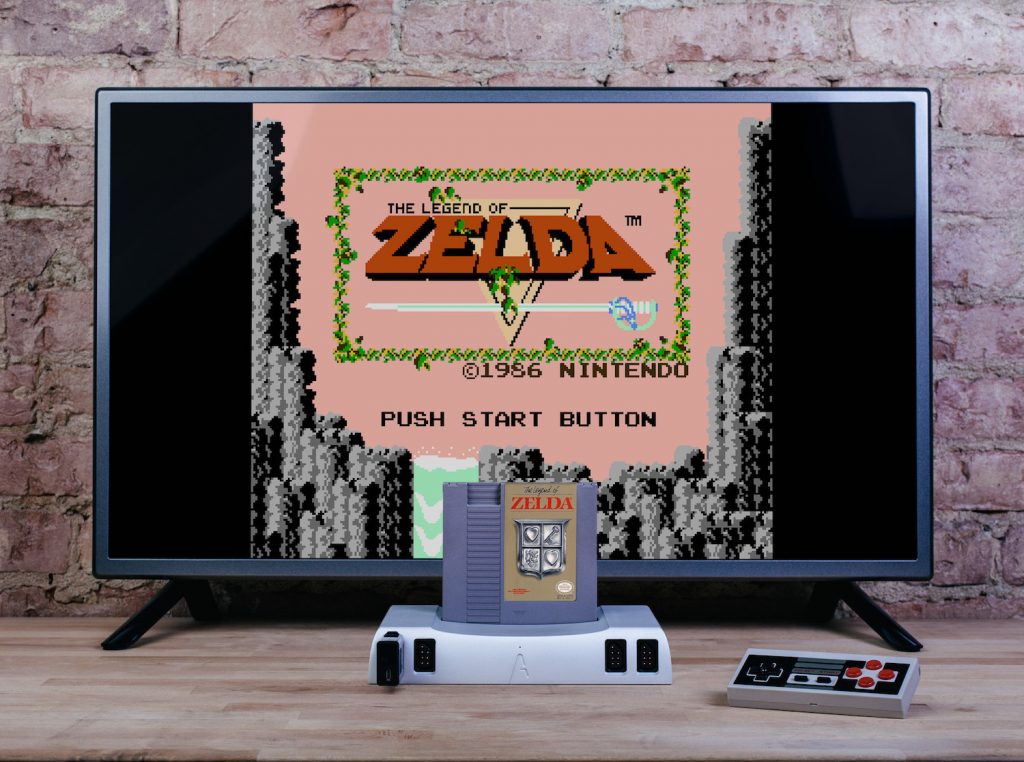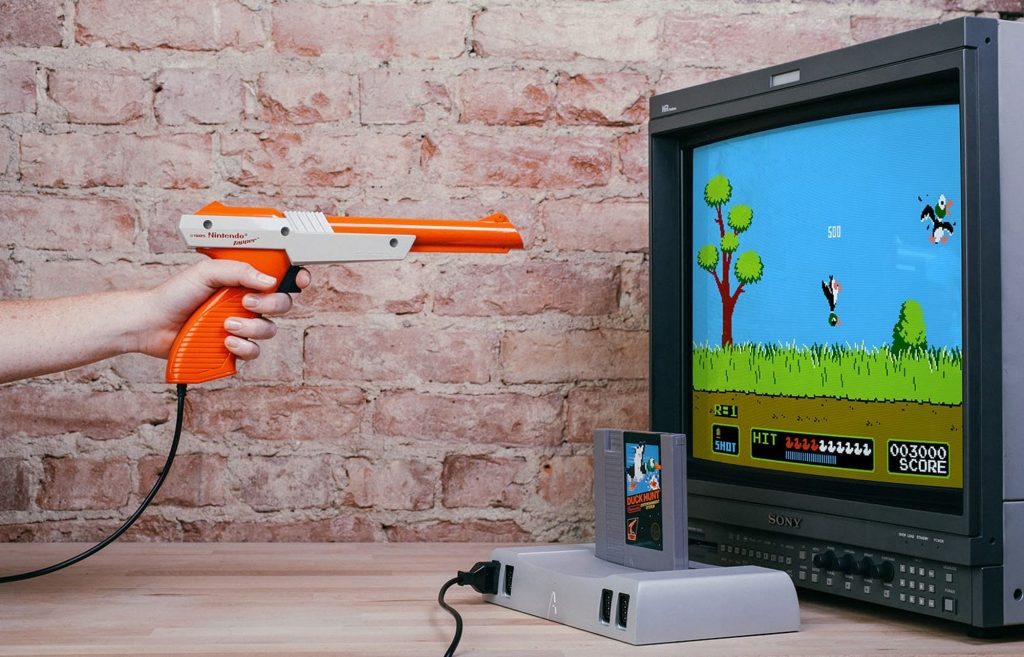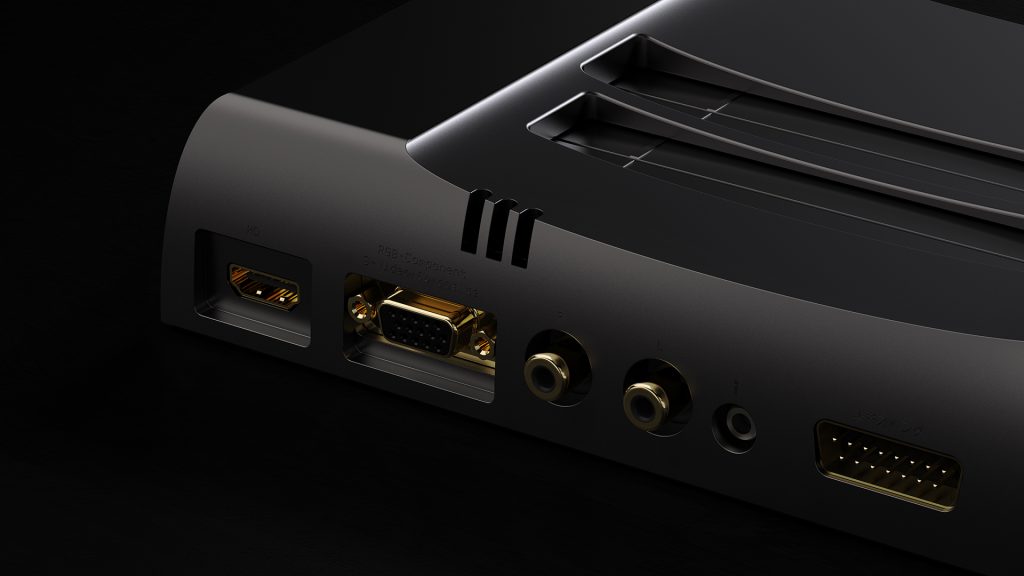It was a little awkward when I told my friends that my $500 game system was arriving in November. That’s because when they asked if it was a PlayStation 5 or Xbox Series X, I had to look them in the eyes admit that it was a Nintendo Entertainment System.
Not just any NES, though. This was Analogue’s NT Mini Noir, their latest (and allegedly final) version of their FPGA-powered Nintendo. While there is no doubt that this is a luxurious way to play classic games, the big question is whether it was really worth plunking down next-generation money to play decades-old games.
If you’re a retro fan, the answer is “yes.” Here’s a full breakdown of the system that makes everything old new again.
For the NT Mini Noir and other Analogue products, their big claim to fame is that these systems are powered by FPGA instead of emulation. To most people, though, that leaves two big questions: “What is FPGA? And what’s so bad about emulation?”
What is FPGA?

Traditional emulation is software-based. Basically, someone made a program that will pretend to be an NES or other console. While this lets you easily play old games, you might notice that some of them run too fast or too slow. And most of the time, you are stuck using a random USB controller instead of the classic controller you remember.
FPGA, simply put, is hardware-based emulation. The NT Mini Noir is a modern system that thinks that it is an NES. That means it plays your old games with perfect fidelity, right down to the occasional slowdown and flicker of original carts.
For many people, emulation is a perfectly acceptable way to experience old games, but it’s never exactly what you remember. The NT Mini Noir is the best way to experience NES games and accessories short of firing up your original console (which may or may not work and is completely incompatible with modern TVs).
Play your old cartridges

One of the big appeals of the NT Mini Noir is that it will play actual cartridges (both NES and Famicom). While that sounds simple, it is a relative rarity in the world of retro gaming.
For example, you can build yourself a MiSTer FPGA console to experience all of the NES games you want, on top of 27 other consoles or arcade platforms. This is very rewarding, but MiSTer provides no way to actually play cartridges or old accessories.
Of course, there are many retro devices (the Retron series is a good example) that will allow you to seemingly play a game from a cartridge. Most of the time, though, these systems are simply reading the ROM from the cartridge and playing the game through an emulator. This is basically the same experience as loading a ROM from your computer but with extra steps!
If you want FPGA-based cartridge-reading systems, the retroUSB AVS is a great way to read NES carts. It is also far cheaper than the NT Mini Noir ($185 vs $500), and it has the advantage of actually being in stock rather than completely sold out.
Accessories new and old

As previously noted, one big advantage the NT Mini Noir has over much of its competition is the ability to use your old accessories. That means you can dig out your old Nintendo Zapper or NES Advantage joystick and play them like it was yesterday.
If you’d prefer, there are more modern options as well. The Noir ships with an 8BitDo wireless controller that quickly became my favorite way to play. And it’s not limited to the Noir, either: you can use that same controller on your original NES and never have to worry about wires again.
If you want to do a deep dive through NES history, there are options for more obscure accessories as well. The Noir lets you hook up things like the Famicom Disk System or a microphone to play Famicom games that required such an accessory.
Video output options

At some point, you probably asked yourself why you can’t just plug your original NES into your modern TV. But even if you can get the system to fire up, you’ll quickly discover some problems with that plan.
The original NES, with its red and yellow A/V cables, doesn’t work on most modern TVs. You can try to make it work with a cheap converter, but you may find there is annoying lag between controller commands and what happens onscreen.
The NT Mini Noi allows you to play lag-free via HDMI. But it also features outputs for composite, component, and S-video that will allow you to play on CRT TVs (which is a requirement to use certain accessories like the Zapper). And there is also RGB output if you are fancy enough to have an old Professional Video Monitor kicking around.
Regardless of how you play, the picture will look great. And if you want a more “old school” experience on a modern TV, the Noir comes with multiple scanline options that you can tweak until your favorite games look just like you remember.
Final verdict
Back to the big question: was this system really worth $500?
The answer is “yes” and “no.” There is no doubt that this is the fanciest and most luxurious way to play NES games on a modern television. But you can get much of the same functionality from the retroUSB AVS for a far cheaper price. The AVS is also currently in stock, and your primary sacrifice is that the AVS resolution only goes to 720p versus the Noir’s 1080p, and the difference is mostly imperceptible.
Overall, I was quite impressed by the NT Mini Noir. And I’m more excited than ever for Analogue to ship their Pocket out (the ship date is now May 2021). But I can’t deny that the money that went towards the Noir may be overkill for the simple task of playing your old NES library.
Category: Game consoles, Reviews


